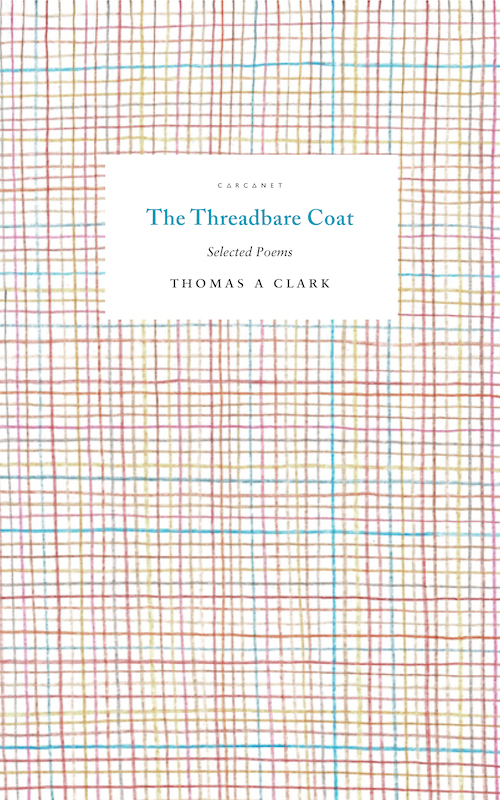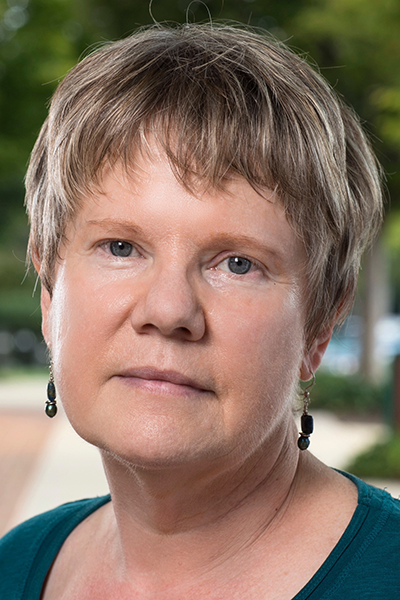In 2002 I spent one of the most glorious months of my life writing poems at Hawthornden Castle, a writers’ retreat south of Edinburgh. The castle’s red sandstone walls rise atop cliffs on a bend of the North Esk River, surrounded by woodland, invisible to passers-by and mysterious even to locals and cab drivers. Designed in the 15th century, the original structure includes a siege tunnel, with roosts for carrier pigeons chiseled into its rock walls, and a dungeon under what is now a library.
Setting aside that latter image as a figure for civilization itself, the castle—destroyed, rebuilt, and expanded over the centuries—now houses writers ten months of the year. With a rule of silence maintained indoors from breakfast to dinner, the river, the wind, the birds, and the rain became my close companions. There were walks by the river and narrow paths through muddy woods, yet the most surprising walk might have been the long, tree-crowned driveway, at the end of which stood a gate and an empty gatehouse, a country road, and a bus stop. Step on a bus, and in forty minutes I was stepping down in the heart of Edinburgh’s Old Town.
This proximity of rural and urban is a feature of Scottish landscape that astonishes those of us raised in a land of scale, sprawl, and a dearth of public transportation. It can take a while to get past the awe and envy, to understand how access shapes culture, enabling poetic practices at once rural and avant-garde.
Stepping down from that bus, I was only a ten-minute walk from the Scottish Poetry Library’s glassy and classy new building in the Canongate, where I spent a couple of afternoons exploring their collection of Ian Hamilton Finlay ephemera—wee books, cards, and prints conceived by Finlay and executed by his numerous collaborators. I was proud of myself, I confess, for knowing Finlay’s work, and was laying plans for my first visit to Little Sparta, Finlay’s garden of poems composed of stone, wood, water, wind…and myriad complex allusions to Classicism, pastoralism, warfare, Scottish fishing boats, and the French Terror.
One has to take breaks, now and then, from the alternately whimsical and combative world of IHF, so I browsed the stacks and wandered, rather too often, to the library’s book shop. Which is how my Hawthornden month became, as well, the month I discovered the “walking artist” Hamish Fulton, the artist-poet-publisher Alec Finlay, and the poet Thomas A. Clark, three whose work has accompanied me ever since. The presence and precedence of Ian Hamilton Finlay pulls a wide constellation of land-based, multi-form practices into coherence; each artist, however, makes a world of their own, distinctively Scottish yet easily recognizable in an international landscape of embodied and investigative poetics.
Distance & Proximity was the Thomas A. Clark book I found at the SPL—issued as a “pocketbook” from Alec Finlay’s Morning Star Press—a collection of aphoristic prose poems arranged in series and layered between black-and-white photos by Olwen Shone. “A walk is its own measure,” says the first series, “In Praise of Walking,” where “[c]onvictions, directions, opinions are of less importance than sensible shoes.”
Nearly twenty years later, as I open The Threadbare Coat: Selected Poems, a walk is still both a practical matter and an open proposition: “to set out early / with no destination / with the gorse in flower / and perhaps a light rain” begins the first poem. Without destination, readers are free to arrive as we like, and equally free to digress into acts of stilled attention, to “a string plucked to leave / a line of yellow chalk (“string”); to our own, or someone’s, “rock burned hands / cooled in a / waterfall (“nine paces”); or perhaps “to a thorn where a warbler / drops from a sensible / to a notional branch / from noun to preposition” (“sylvidae”).
Unlike volumes that map a career, guiding readers through each book a poet has published, The Threadbare Coat offers poems from various publications sequenced to lead us anew up paths and across hillsides, to “the fort of stillness” or “the quiet island,” into “woods & water” and “sweet vernal grass,” at the speed of footsteps or the “speed of the running wave.” Still out in all weathers, still open to encounter, still Tom Clark walking Scotland’s highlands and islands, a landscape to which he has remained faithful.
Scattered among the walking poems are a few permutations, a form acquired from mid-20th century Concrete poets, which calls us to focus on both the changing and the unchanging, and on fine distinctions of meaning, where meaning resides equally in turn of light, slide of sound, or columns of identical words, rigidly straight or knocked askew by intrusions—
the glare of a black stone
the gleam of a black stone
the glimmer of a black stone
the glint of a black stone (“by kilbrannan sound”)
We might pause, as well, on one-word poems, color studies, or brief lyrics in which repetition and typography move our attention from point to point within a single sentence, inviting us to seek what is hidden in a small set of plain words. Clark has published scores of such poems in the form of hand-printed cards and booklets issued by Moschatel Press, which he runs with his wife, the artist Laurie Clark. The exquisite control of a poem written, designed, and printed—I would almost say choreographed—as a gesture of visual and linguistic minimalism is lost in the conventional black-on-white book page of The Threadbare Coat. Even so, Clark’s close study of how page-space and book-form create rhythm and control time shines through this selection of poems.
In the deliberate absence of an “I” speaker tugging our sleeves, form itself is the shape of attention, the rhythm of direction. The effaced speaker, who aspires “to go on and on / expecting nothing / to be everywhere transparent / displacing nothing” (“paths & fruits”) is nonetheless certain of where and why he leads us. How he leads us can reside almost invisibly, almost inaudibly, in syllabic stanzas whose reticence embodies the poems’ ethos. In “nine paces” the title directs us to recognize the form of each stanza, the duration of each act of attention. In “the high path” the varied arrangement of five and six-syllable lines provides an uneven, yet walkable ground that never resolves to an easy one-two of equal strides, inattentive walking. These are some of my favorite poems, and I am delighted to find them in this new volume, available to readers in the U.S. and elsewhere—no month at Hawthornden required, though I do recommend it.
Watch Thomas A. Clark talk about The Threadbare Coat, with an introduction to some of his work beyond the book page.




